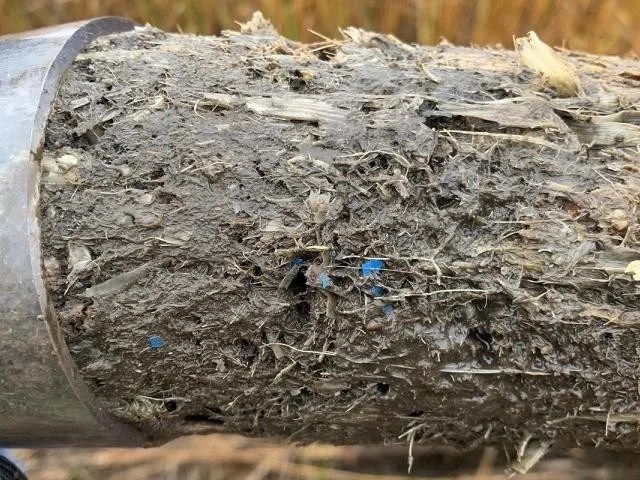Salt Marshes Keep Score on Humanity's Plastic Problem | Popular Science

Humans have produced unfathomable quantities of plastic waste, threatening ecosystems and potentially human health. A new study in the journal Environmental Advances, aimed to figure out how microplastics were accumulating in the salt marshes of southeastern New England, vegetation-filled wetlands which punctuate the transition between land and sea.
“Scientists all over the world are finding microplastics everywhere, everywhere you look,” says Javier Lloret, a marine ecologist at the Marine Biological Laboratory in Woods Hole, Massachusetts, “whether it’s at the bottom of the ocean or the top of the highest mountains, or even if you go to remote areas like the Antarctic.”

Despite the ubiquity of microplastics, scientists are still just beginning to comprehend the impacts they may have on our ecosystems, Lloret says.
In the new study, led by Lloret and Rut Pedrosa-Pàmies, a marine biogeochemist at the Marine Biological Laboratory, the team focused on the microplastics that accumulate in a region of salt marshes.
Read more at Source: Salt marshes keep score on humanity’s plastic problem | Popular Science